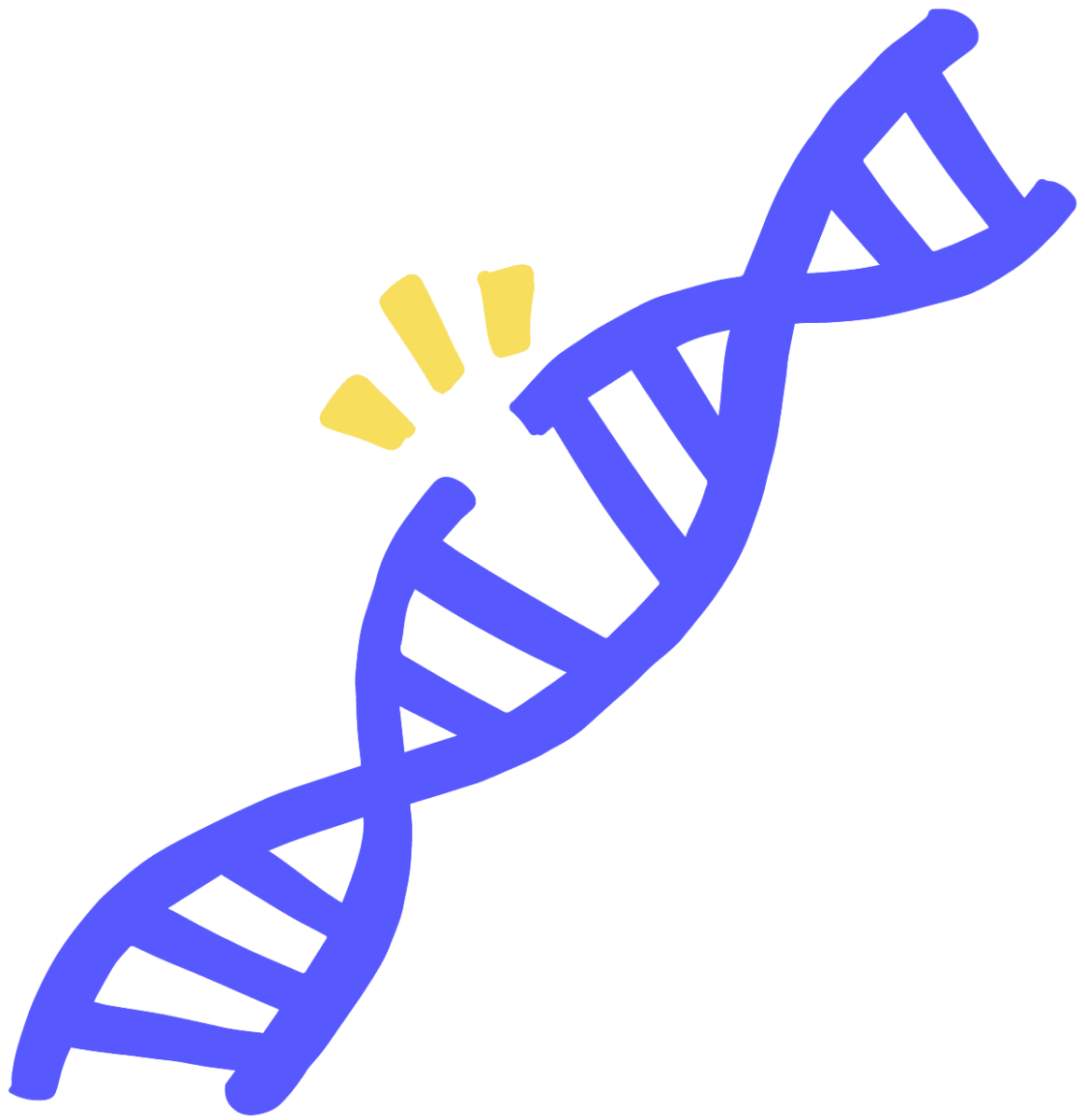Editing DNA—a biological molecule found in each of your cells and an intrinsic part of every human being—once thought to be beyond human control, may now be something well within our grasp. Though the idea of changing our DNA isn’t new, the process of molecularly editing of the genetic code is something now possible with the emergence of the Heritable Genome Editing procedure.
The term describes the process of cutting out unwanted or incorrect genetic code in unborn embryos using the CRISPR protein complex and pasting the right genetic code, thereby allowing genetically-modified children—commonly referred to as designer babies–to be born without carrying the unwanted genetic code. It is hoped that this technology will revolutionize our society drastically, reducing diseases such as cancer, sickle cell anemia, and many more and thus allowing humans to live longer, healthier, and even happier lives. However, the implications of this technology run far deeper than just curing diseases, as the procedure is riddled with risk and may stigmatize certain health conditions.
Many hope gene editing will prevent hereditary diseases by eliminating genes that cause vulnerability. Heritable diseases like sickle cell anemia, Huntington’s, and Parkinson’s diseases, could potentially be fixed by cutting out genes that make one susceptible to such conditions. However, this technology is extremely risky. An experiment conducted by Columbia University used CRISPR technology to try and correct the EYS gene of 37 human embryos with hereditary blindness. Half the embryos lost part or all of the chromosomes. Another study by geneticists at Oxford showed that 7/10 embryos failed to develop fully in genome-editing studies. If such technology is made mainstream, it could potentially leave tens of millions at risk for genetic disorders.
However, it isn’t just the procedure of this practice that needs to be further considered, it’s also the question of what truly makes a disease. What is considered a disease to be cured isn’t always objectively evident. Conditions like autism and dyslexia are genetically inherited, but many would argue that they aren’t necessarily bad. After all, many highly accomplished individuals like Albert Einstein lived with dyslexia and still achieved miraculous things. However, by branding differences as diseases or even considering the prospect in the first place, we strip away the beauty of diversity and further stigmatize those with conditions such as these.
Perfection is desirable but fundamentally unattainable. As we strive to make our society better, we mustn’t forget the beauty that comes with differences. Ultimately, we must ask: Are we seeking perfection, or are we looking for conformity?
Though heritable genome editing is undoubtedly a scientific breakthrough with great potential, the ethical issues that it inevitably causes along with its unreliability ultimately serve as an example of how what is new isn’t always better. For though innovation is something distinctly human, it isn’t always humane.


